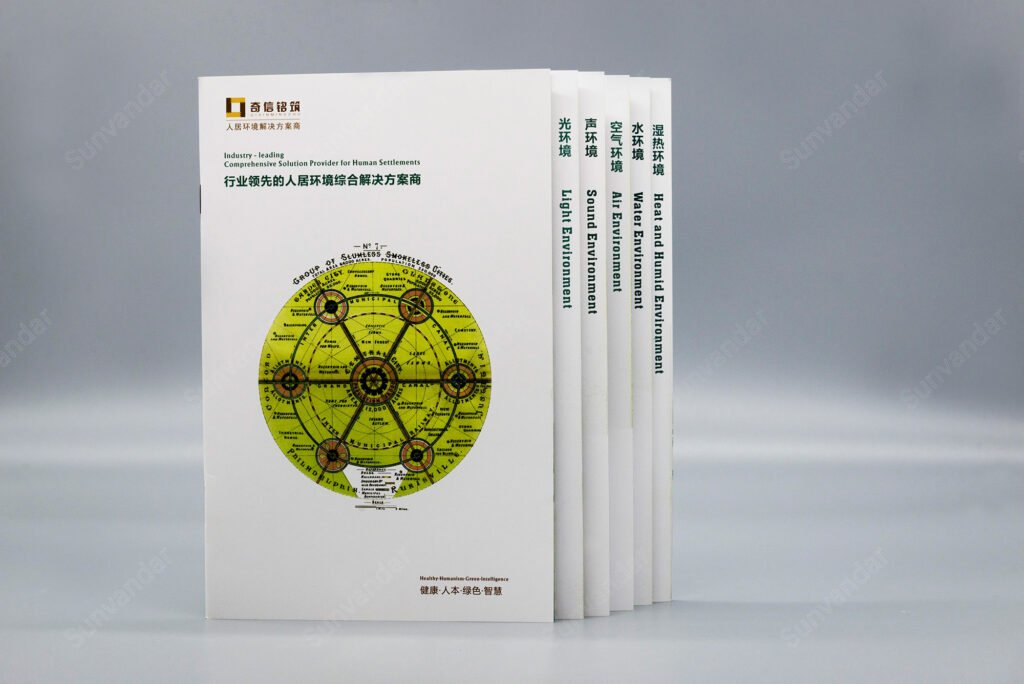After the folding and sorting complete, book blocks will be ready for the binding process. There are four common binding methods, which are saddle-stitched, soft bound, hard bound and wire-O bound. Additionally, there exist alternative binding methods, including spiral binding, flexibound, and more. Below articles will introduce more about each different binding method.
Saddle-stitched binding
Saddle stitching is undeniably the most straightforward binding method, involving the insertion of staples into the spine to secure all the pages together. It’s a considerably simpler process compared to the more complex methods of hardcover/casebound or perfect bound/softcover book binding. Image references are as follows:


Saddle Sewn Binding

Soft bound

(Hinge scored cover)
There are some specific binding methods in soft bound, including perfect bound, smyth sewn, lay-flat binding and more. To simply put, when the pages are glued directly to the cover, this method is referred to as perfect binding.

(Perfect binding)
When the pages are initially sewn together with thread and then glued to the cover, it is known as smyth sewn or section sewn binding. With the signatures sewn with thread, The pages cannot be separated from the book without being ripped out. It is obviously a more durable binding option for a book especially it has a certain number of pages.

(Smyth sewn binding)






